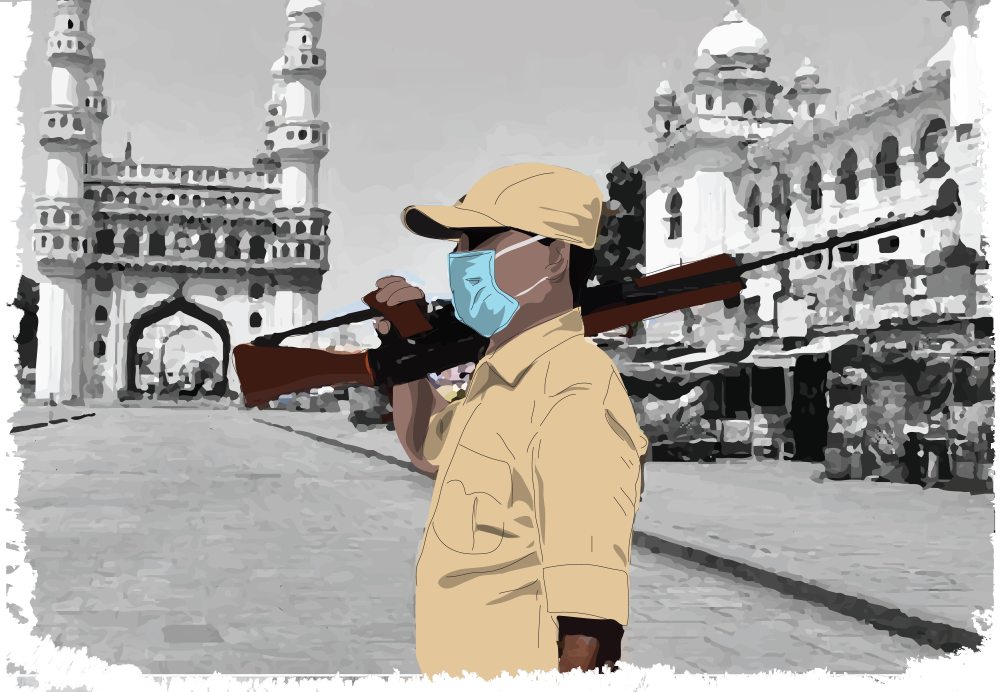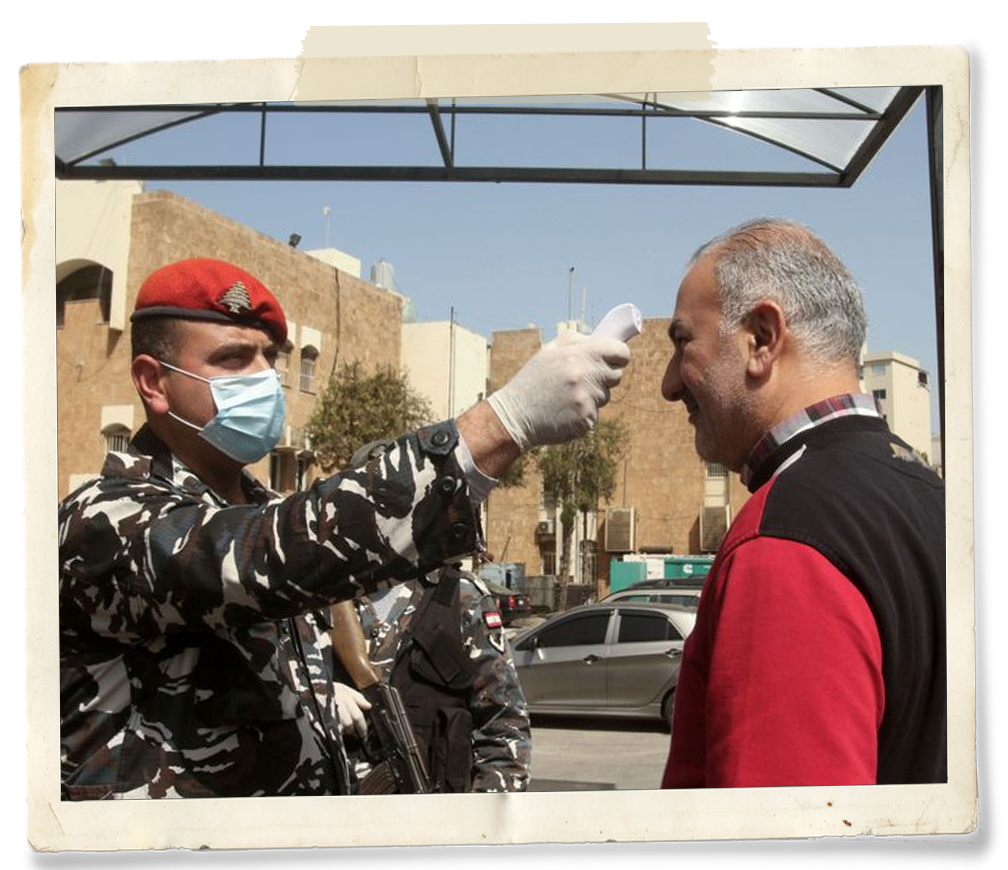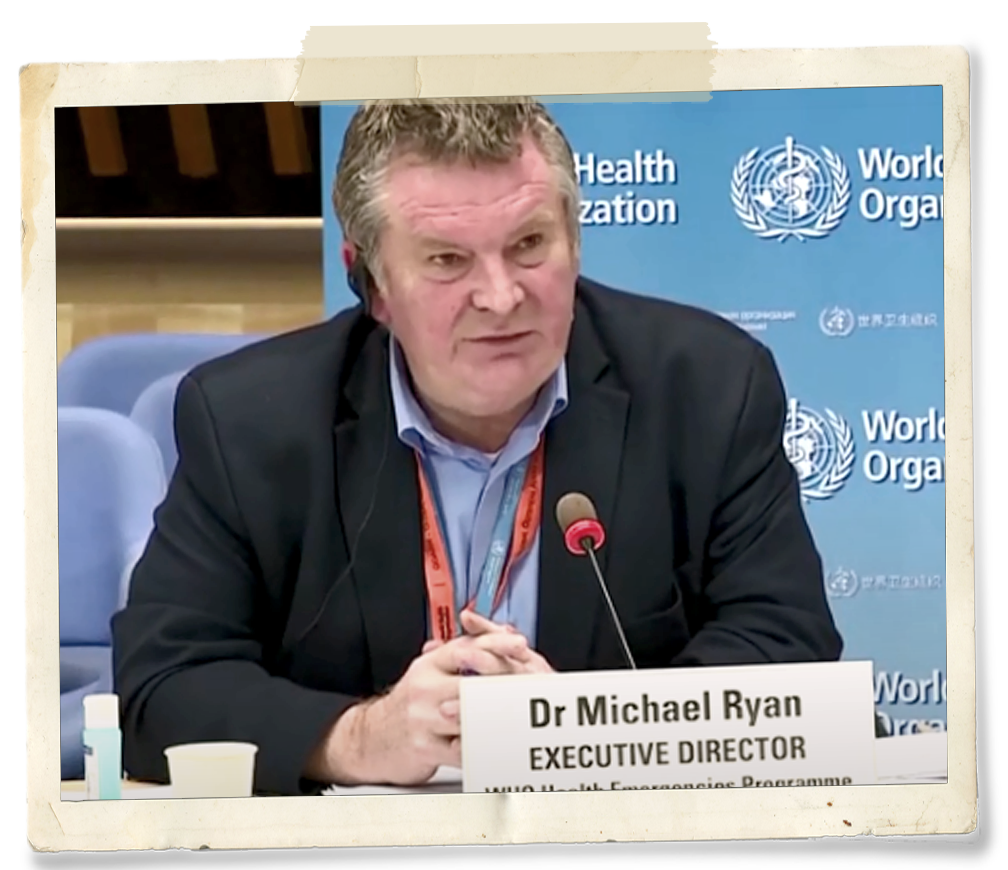LOCKDOWNS AND RESTRICTIONS: DID THEY HELP?
China showed with way with the lockdown of Hubei province. Italy replicated the success, and soon the measure was copied to all parts of the world to curb the rampant spread of coronavirus

In a report published by Unicef (United Nations Children’s Fund) in April, it was found that 186 countries had some form of movement and gathering restrictions. Out if these 82 countries were in partial or full lockdown.
This was when the global case numbers were over 2 million. Fast forward to September, global cases stood at more than 25 million. Nearly two-thirds, if not more, of the countries mentioned above easing lockdowns drastically. Schools are reopening, restaurants, beaches and shops started operations, small-scale events are on.
But in early November, with deaths spiking 43% across Europe, lockdowns were reimposed – in the UK, France, Sweden, Greece, and the red alert up in Italy. British MPs voted for a 4-week lockdown on November 4. Things didn’t change much in December, and the discovery of a new variant resulted in more stringent restrictions in the UK, and flight bans in several countries.

AFP
A member of Lebanese security checks a visitor's temperature at the entrance of the governmental Serail in the southern city of Saida, Lebanon, on March 11, 2020.
In April, Dr Michael Ryan, executive director of WHO's Health Emergencies Programme, said in a press conference, “You can't replace lockdown with nothing.”
However, in July, following a doubling of worldwide cases in 6 weeks, Dr Ryan said, “We all want to avoid whole countries going back into total lockdown, that is not a desire that anybody has,” he said.
“But there may be situations in which that is the only option.”
He added, "Once lockdowns were ended there was always the risk that the disease could bounce back.”
The WHO advised countries to open slowly, paying close attention to their data to move cautiously between different phases of reopening. Ryan said countries should be “ready to move backwards or forwards” depending on the numbers they are seeing.

WHO
Dr Michael Ryan, executive director of WHO’s Health Emergencies Programme.

You can't replace lockdown with nothing...We all want to avoid whole countries going back into total lockdown, that is not a desire that anybody has. But there may be situations in which that is the only option.”
Dr Michael Ryan | executive director of WHO's Health Emergencies Programme
System to contain small outbreaks
Maria van Kerkhove, WHO’s head of emerging diseases unit, said the key to preventing the spread was to contain small outbreaks. Dr Ryan too called a system to quickly stop small outbreaks, which he compared to ‘small embers’ that could lead to a devastating ‘forest fire’, adding a total lockdown would not be feasible.
IN APRIL, WHO CHIEF TEDROS SAID: ANY GOVERNMENT THAT WANTS TO START LIFTING RESTRICTIONS MUST FIRST MEET SIX CONDITIONS:
- Disease transmission is under control
- Health systems are able to “detect, test, isolate and treat every case and trace every contact”
- Hot spot risks are minimised in vulnerable places, such as nursing homes
- Schools, workplaces and other essential places have established preventive measures
- The risk of importing new cases “can be managed”
- Communities are fully educated, engaged and empowered to live under a new normal

Reuters
A plainclothes policeman wields his baton against a man for breaking the lockdown rules, in Kolkata, India.
23.9 %
economic contraction was reported in India, Asia's third-largest economy, between April and June amid hefty restrictions on businesses.
Lockdowns ease
Lockdowns battered economies and the global financial outlook. Millions of jobs were lost, and almost all sectors of the economy slumped. India, Asia’s third-largest economy, suffered a historic 23.9 per cent contraction between April and June amid hefty restrictions on businesses.Brazil’s economy, the biggest in Latin America, contracted by a record 9.7 per cent in the second quarter. This is predominantly why countries started easing restrictions even as the WHO maintained that, though undesirable, lockdowns were key to controlling the pandemic.
However, in late August, many countries started reimposing restrictions fully or partially due to increased cases and related deaths.
New Zealand Prime Minister Jacinda Ardern retained coronavirus restrictions till September as a precaution. “As with last time, a cautious approach is the best long-term strategy to get our economy open and freedoms back faster in the long term,” Ardern said.
South Korea saw an uptick in infections early August, mostly linked to churches, restaurants, schools and fitness centres in the Seoul area. Authorities in the Seoul area then restricted dining at restaurants and ordered the shutdown of churches, night establishments and after-school academics.
In September, the British government reimposed local COVID-19 restrictions on parts of the Greater Manchester area in northern England, just as they were being lifted. The restrictions, which have been in place in Greater Manchester since July 30, mean among other things that residents cannot meet people from outside a narrowly defined social bubble in homes, either indoors or in gardens. Following a surge in infections, Prime Minister Boris Johnson announced on October 29 a second national lockdown in England for four weeks. But unlike the restrictions in spring, schools, colleges and universities were allowed to stay open. After December 2, the restrictions would be eased, and regions would go back to the tiered system, Johnson said.
He also held out the hope that families can gather for Christmas. But the prime minister was unable to keep his promise, following the discovery of a new strain of coronavirus that tends to spread faster. The tiered system stayed, and Tier 4 restrictions were introduced in areas with a high number of cases.
After the three-month lockdown ended in late June, Spain’s economy gradually revived but new outbreaks and travel restrictions imposed by various European countries have ravaged the crucial tourism season.
The UAE too considered reintroducing restrictions in August, following an increase in the number of cases daily. The National Emergency Crisis and Disaster Management Authority (NCEMA) spokesman Saif Al Dhahri said: “The UAE might re-enforce the national sterilisation programme, which had included a night-time curfew. This would be possible in certain areas where we observe high infection cases”.
Trading establishments opened for business in Dubai, which gradually opened public places with strict COVID-19 safety protocols. Travel restrictions were in place in some areas in Abu Dhabi, and they too were slowly removed. But entry to the UAE capital is still strictly regulated, requiring a negative test from citizens and residents.